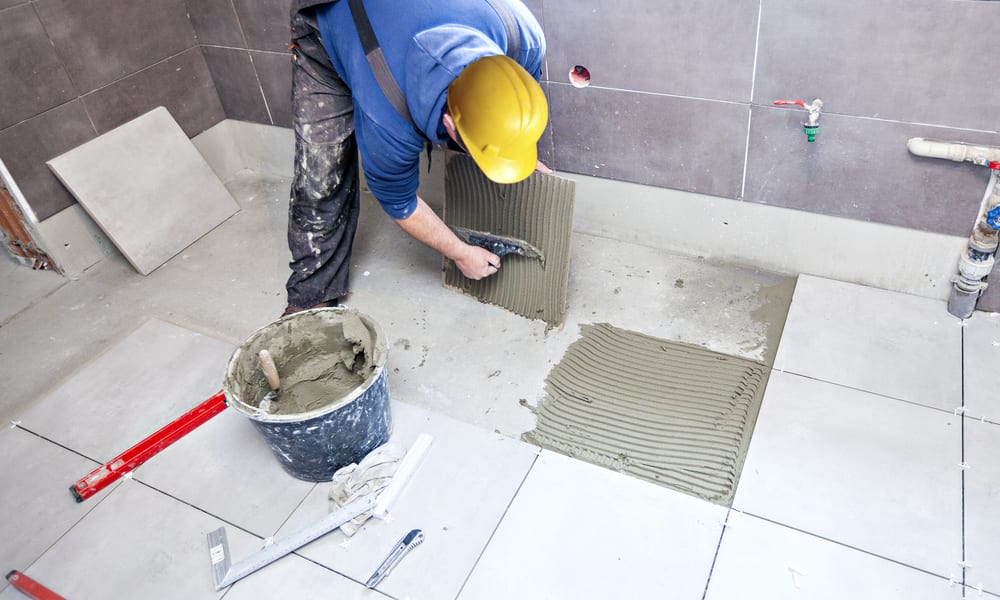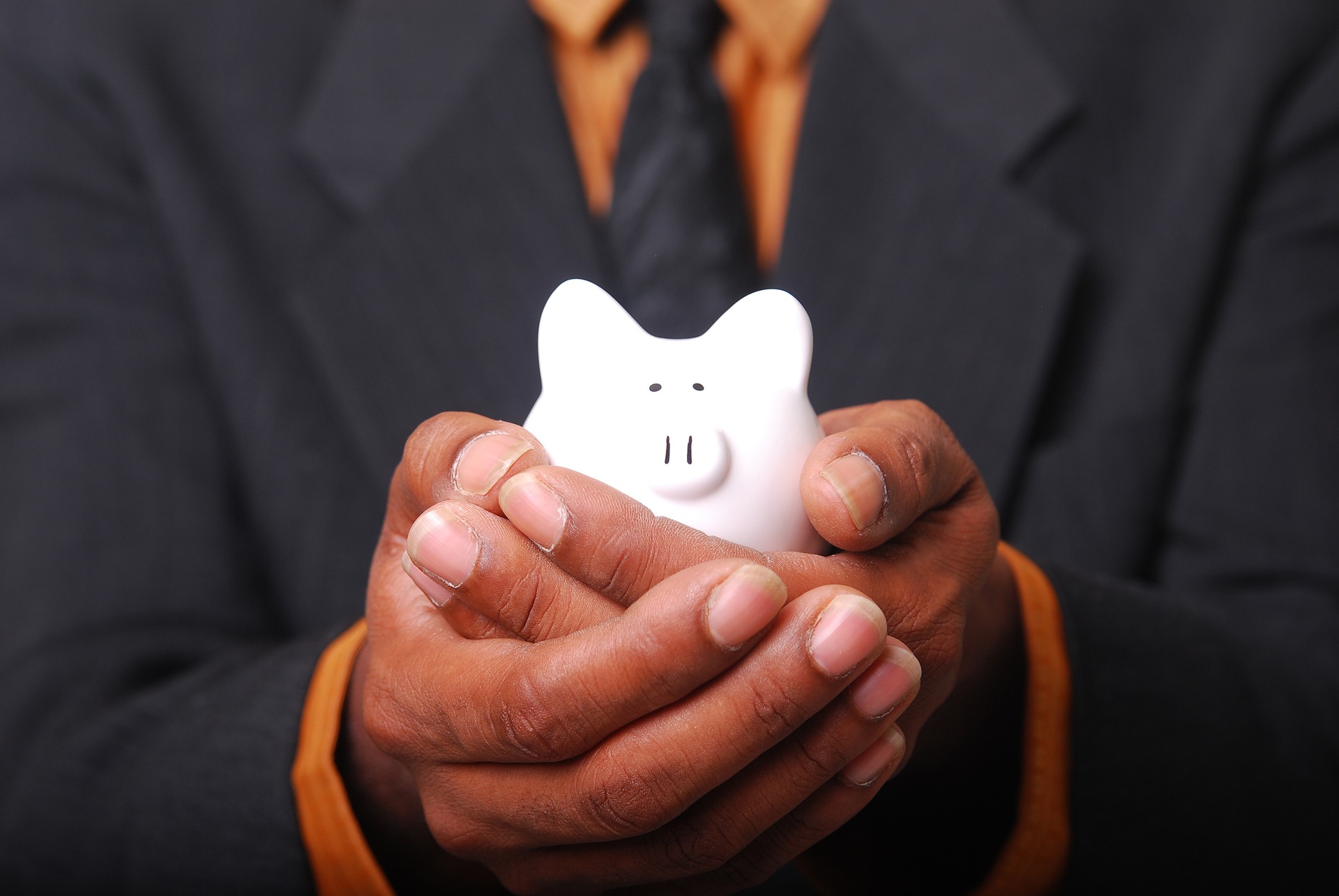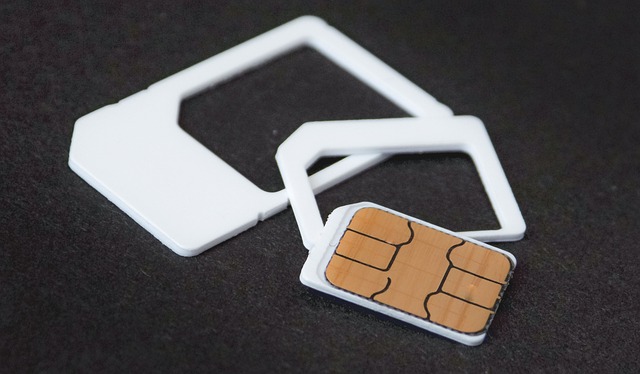Bathroom Makeovers 2025: Transform Your Space with Style and Function
As we approach 2025, bathroom renovations are evolving beyond mere utility to become personalized sanctuaries of wellness and technology. With innovative materials, smart fixtures, and sustainable designs leading the way, homeowners are reimagining these essential spaces to enhance both property value and daily living experiences. Discover how the latest trends and thoughtful planning can transform your bathroom into a perfect blend of style and functionality.

Bathroom renovations continue to rank among the most impactful home improvement projects, offering both immediate enjoyment and long-term value. As we look toward 2025, bathroom design is increasingly focused on creating spaces that seamlessly blend aesthetics with practicality, wellness with technology, and personal expression with universal design principles. Whether you’re planning a complete overhaul or a strategic update, understanding emerging trends and fundamental considerations can help you create a bathroom that meets your needs today while anticipating the demands of tomorrow.
Why a Bathroom Makeover Is Worth the Investment
A bathroom renovation represents one of the smartest investments homeowners can make in their property. According to real estate experts, bathroom remodels typically recoup 60-70% of their cost at resale, with upscale renovations in competitive markets potentially returning even more. Beyond financial considerations, updated bathrooms address practical concerns like improved functionality, enhanced storage, better lighting, and more efficient fixtures that can reduce water consumption by up to 30% compared to older models.
The wellness benefits cannot be overstated either. A thoughtfully designed bathroom can transform a purely utilitarian space into a personal retreat for relaxation and self-care. Features like therapeutic lighting, steam showers, and ergonomic fixtures contribute to physical comfort and mental wellbeing, offering daily moments of respite in increasingly busy lives. For aging homeowners, accessibility improvements like curbless showers, comfort-height toilets, and strategically placed grab bars can extend independent living and provide peace of mind.
Top Bathroom Design Trends to Watch in 2025
As we look toward 2025, several distinct design directions are emerging in bathroom renovations. Biophilic design—incorporating natural elements, materials, and abundant natural light—continues to gain momentum. Expect to see more indoor plants, natural stone, wood accents, and large windows or skylights that forge connections with the outdoors while creating serene, restorative environments.
Technology integration is advancing beyond basic heated floors to include smart showers with programmable settings, voice-activated fixtures, digital faucets with precise temperature control, and mirrors with integrated lighting and information displays. These innovations emphasize both convenience and resource conservation.
Color trends are moving away from the all-white bathroom toward more expressive palettes. Deep blues, forest greens, and earthy terracottas are emerging as popular choices for vanities and accent walls, while fixtures in brushed brass, matte black, and champagne bronze offer sophisticated alternatives to chrome. Tile is becoming more adventurous, with oversized formats, geometric patterns, and three-dimensional textures creating visual interest and personalized statements.
Sustainability remains central to forward-thinking bathroom design, with water-saving fixtures, energy-efficient lighting, and responsibly sourced materials becoming standard considerations rather than luxury add-ons. Manufacturers are responding with increasingly stylish eco-friendly options that don’t compromise on performance or aesthetics.
Hiring Professionals vs. DIY: What You Need to Know
The decision between hiring professionals and undertaking a DIY bathroom renovation depends on several factors: project scope, personal skills, available time, and budget constraints. Professional contractors bring expertise, efficiency, and accountability, particularly valuable for complex projects involving plumbing, electrical work, or structural changes. They navigate permits, coordinate subcontractors, and can identify potential issues before they become costly problems.
A full-service bathroom remodeling company typically handles everything from design to final walkthrough, providing a single point of contact throughout the process. Specialized professionals like designers or architects can be engaged separately to create detailed plans while you manage other contractors yourself—a middle-ground approach that offers design expertise with potentially lower overall costs.
DIY renovations can significantly reduce labor costs, which typically account for 40-60% of a bathroom remodel budget. However, they require substantial time commitment, technical knowledge, and willingness to learn. Simple projects like painting, installing new hardware, or replacing a vanity are approachable for many homeowners, while plumbing relocations, shower installations, and electrical updates often warrant professional involvement due to code requirements and potential for costly mistakes.
Planning Your Bathroom Makeover: Essential Considerations
Successful bathroom renovations begin with thorough planning. Start by assessing your current space’s limitations and opportunities. Consider how the bathroom is used, by whom, and whether those needs might change over time. Will aging family members need accessibility features? Are young children growing into teenagers with different requirements? A thoughtful approach to these questions can create a bathroom that serves your household for many years.
Layout optimization often yields the most significant improvements in functionality. Even without expanding square footage, reconfiguring fixtures, improving traffic flow, or incorporating space-saving elements can transform a cramped bathroom into one that feels spacious and intuitive. Storage solutions deserve particular attention, with custom vanities, recessed medicine cabinets, and vertical storage increasingly popular for maximizing space without sacrificing style.
Material selection balances immediate appeal with long-term performance. In high-moisture environments, durability and ease of maintenance should influence choices as much as aesthetics. Porcelain tile, quartz countertops, and quality fixtures from established manufacturers typically offer the best balance of beauty, performance, and value over time.
The Real Costs of Bathroom Remodeling in 2025
Bathroom renovation costs vary widely based on scope, materials, location, and labor markets. Understanding typical price ranges helps establish realistic budgets and priorities.
| Renovation Level | Typical Cost Range | What’s Included |
|---|---|---|
| Basic Refresh | $3,000 - $12,000 | New fixtures, paint, lighting, hardware, minor repairs |
| Mid-Range Remodel | $12,000 - $35,000 | New vanity, toilet, shower/tub, tile, flooring, some layout changes |
| Upscale Renovation | $35,000 - $80,000+ | Premium fixtures, custom cabinetry, heated floors, expanded footprint, luxury materials |
Prices, rates, or cost estimates mentioned in this article are based on the latest available information but may change over time. Independent research is advised before making financial decisions.
Labor typically represents the largest expense, with specialized trades like plumbers and electricians commanding $75-150 per hour in many markets. Material costs can vary dramatically—a basic toilet might cost $200, while a smart toilet with integrated bidet functions could exceed $3,000. Similarly, shower systems range from simple $500 installations to luxurious $10,000+ custom enclosures with body sprays and steam features.
To maximize value, many homeowners focus investment on high-impact elements like statement vanities, quality shower systems, and distinctive tile work while choosing more budget-friendly options for less prominent features. Careful planning and prioritization help ensure that funds are allocated to elements that deliver the greatest enjoyment and return on investment.
Creating a Bathroom That Stands the Test of Time
While embracing current trends can create an exciting, contemporary space, the most successful bathroom renovations balance of-the-moment design with timeless elements that will remain appealing for years. Classic materials like marble, subway tile, and wood have endured for decades, evolving in application rather than falling out of favor entirely.
Neutral color schemes for major fixtures and surfaces provide a flexible foundation that can be updated with accessories, textiles, and paint as preferences change. Investment in quality craftsmanship and materials pays dividends in both daily enjoyment and long-term durability, particularly for elements subject to constant use and moisture exposure.
Thoughtful design also anticipates changing needs. Universal design principles—like curbless showers, wider doorways, and accessible controls—can be incorporated beautifully into contemporary aesthetics while ensuring the bathroom remains functional through different life stages. These forward-thinking approaches create bathrooms that not only impress today but continue to serve well into the future.
As bathroom design continues to evolve, the most successful renovations will be those that thoughtfully balance innovation with timeless quality, personal expression with practical function, and current trends with lasting value. By approaching your bathroom makeover with careful planning and informed choices, you can create a space that enhances your daily routine while adding significant value to your home.




